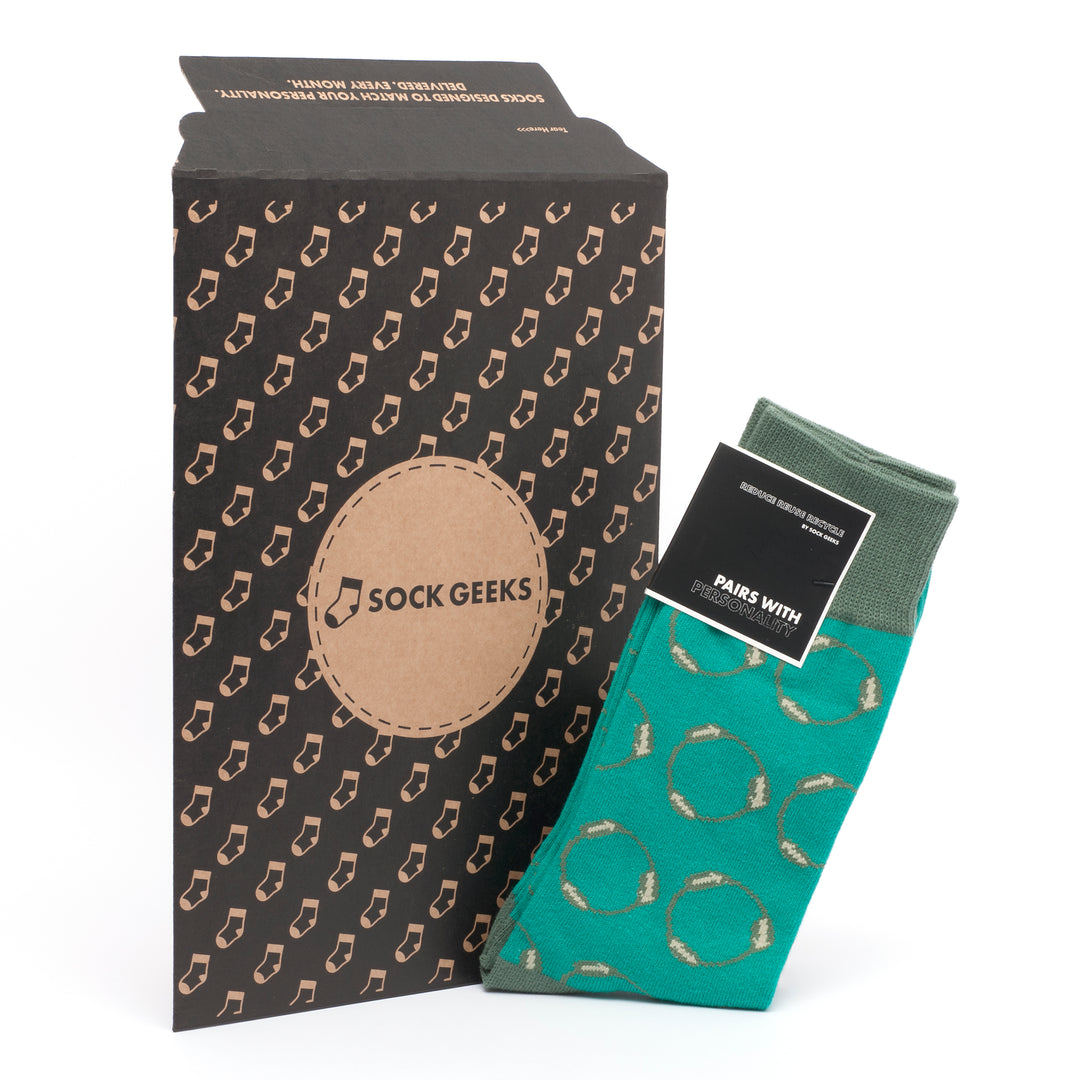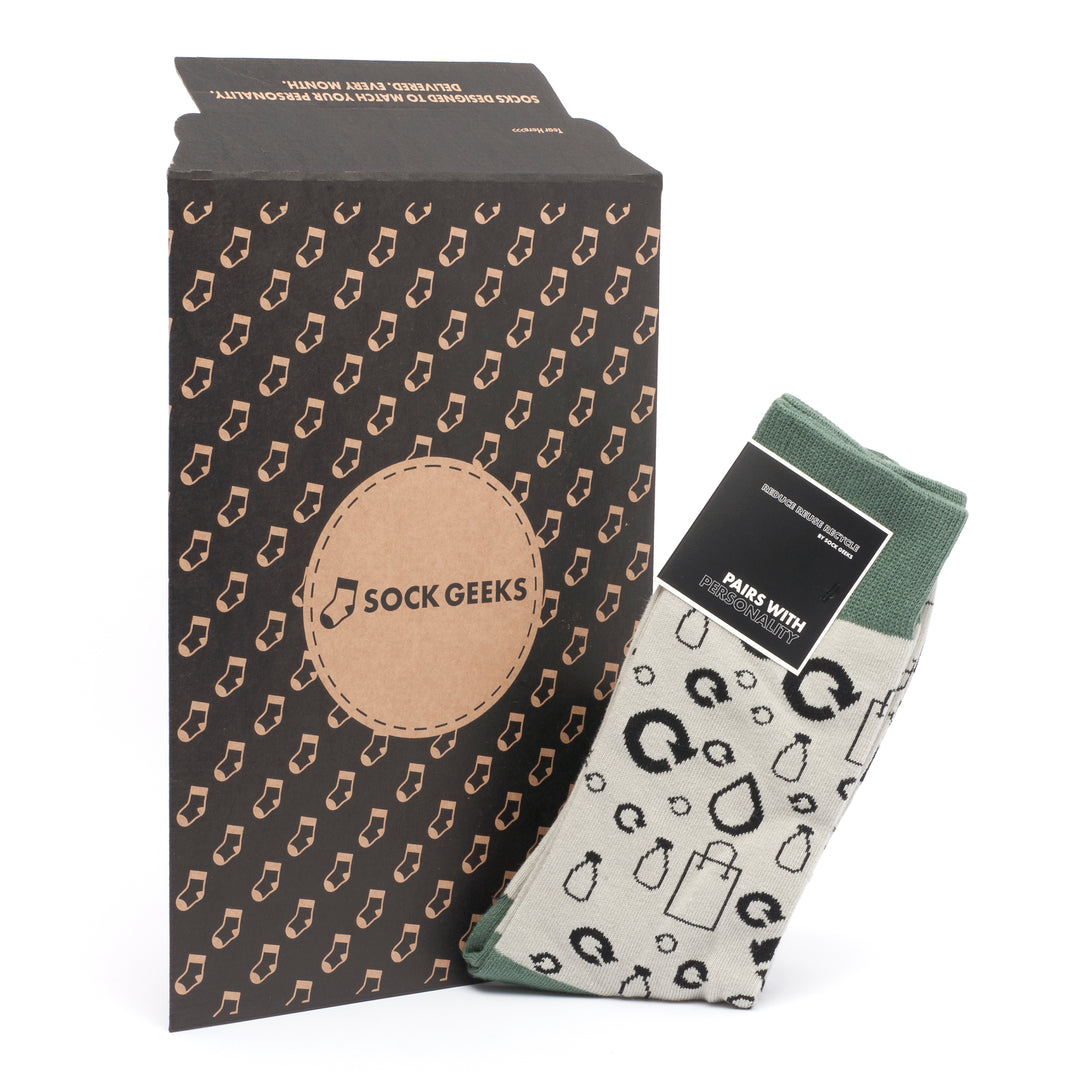Understanding Compression Socks
Types
Compression socks are specially designed garments, also known as embolism stockings, that provide graduated pressure to improve blood circulation in the legs, particularly for individuals with chronic venous insufficiency or noticeable veins. They come in various forms, including knee-high, thigh-high, and full-length compression socks.

Differentiation
Knee-high compression socks primarily target the calf muscles and are beneficial for mild swelling and varicose veins. Thigh-high compression socks cover the entire lower limb, aiding in more severe conditions like deep vein thrombosis. Full-length compression stockings extend from the foot to the upper thigh, offering comprehensive support for various leg issues.
Proper Fit
Achieving the right fit is crucial for maximising the benefits of compression socks. Ensuring proper length ensures that the compression starts at the ankle and gradually decreases towards the top of the sock. This gradient pressure promotes better blood flow back to the heart, reducing fatigue and swelling.
Importance of Sizing
Selecting the correct size is essential for effective use of compression socks. An ill-fitting pair can lead to discomfort, restricted blood flow, or even worsen existing conditions. It's recommended to measure your calf circumference and ankle size accurately to determine the appropriate size for compression stockings.
Benefits of Compression Socks
Reducing Swelling
Compression socks play a crucial role in reducing swelling during prolonged periods of activity. By applying mild compression to the legs, these socks help prevent fluid build-up in the tissues, especially around the ankles. This is particularly beneficial for individuals who spend long hours standing or sitting, such as athletes, nurses, office workers, compression stockings, or compression socks.
Enhancing Recovery
One significant benefit of wearing compression socks is their ability to enhance recovery post-exercise. These specially designed compression stockings work by promoting improved blood flow and circulation in the legs. This increased circulation helps deliver oxygen and nutrients to the muscles, aiding in faster recovery after intense physical activity. Athletes often use compression socks to reduce muscle soreness and fatigue.
Alleviating Discomfort for Venous Insufficiency
For individuals suffering from venous insufficiency, compression socks can provide much-needed relief from discomfort. Venous insufficiency is a condition where the veins have difficulty returning blood from the legs back to the heart. By applying gentle pressure to the legs, compression socks help improve venous flow velocity and reduce symptoms such as swelling, pain, and enlarged veins.
Pros and Cons
- Pros:
- Aid in reducing swelling during prolonged activity.
- Enhance post-exercise recovery by promoting blood flow.
- Alleviate discomfort for individuals with venous insufficiency.
- Cons:
- May feel tight or uncomfortable for some individuals.
- Compression levels may vary, requiring proper fitting for effectiveness.
How Compression Socks Aid Performance
Improved Endurance
Compression socks can enhance oxygen delivery to muscles, crucial for endurance during workouts. By aiding blood circulation, these socks ensure muscles receive sufficient oxygen, delaying fatigue and improving overall performance.
Athletes wearing compression socks benefit from reduced muscle vibration during physical activities. This reduction minimises muscle damage and fatigue, leading to quicker recovery times post-exercise. As a result, athletes can train more frequently and intensively without risking injury.
Psychological Boost
Wearing compression gear can provide athletes with a significant psychological boost. The feeling of support and stability offered by compression socks can enhance an athlete's confidence and mindset during training or competition. This boost in mental strength can translate into improved performance on the field or in the gym.
Compression Socks for Weightlifting
Supportive Gear
Compression socks are essential for weightlifting as they provide crucial support to the lower legs and feet. The snug fit of these garments helps in stabilising muscles during intense workout sessions.
Wearing compression socks can significantly enhance your performance by reducing muscle vibration and fatigue. These garments promote blood circulation, aiding in quicker muscle recovery post-workout.
Improved Stability
The use of compression socks during weightlifting can lead to enhanced stability and balance. By applying pressure to the legs, these socks help in maintaining proper form and alignment while lifting heavy weights.
Compression socks are designed to offer targeted compression to specific areas like calves and ankles. This focused pressure can improve proprioception, allowing weightlifters to have better control over their movements.
Safety Considerations
Avoiding Risks
Individuals with circulatory issues should avoid wearing compression socks during workouts to prevent potential harm. Those with arterial disease or compromised circulation must take extra care by wearing compression socks.
Consulting Healthcare Professionals
It is crucial to consult a healthcare professional if experiencing symptoms of arterial disease before using compression socks for exercise. Seeking medical advice ensures a safe approach.
Monitoring for Adverse Reactions
During exercise while wearing compression socks, it is essential to monitor for any adverse reactions. Symptoms such as numbness, tingling, or skin discolouration require immediate attention.
Physiological Effects on Muscles
Muscle Recovery
Compression socks can influence muscle recovery times after intense workouts by enhancing blood circulation. This improved circulation helps deliver oxygen and nutrients to muscles, aiding in faster recovery.
Wearing compression socks post-exercise may lead to reduced muscle soreness and fatigue. By applying gentle pressure to the legs, these socks promote quicker removal of metabolic waste products like lactic acid.
Lactic Acid Build-Up
Compression garments can alleviate the build-up of lactic acid during physical activity. By increasing blood flow and oxygen delivery to muscles, they help reduce the accumulation of this by-product, delaying fatigue.
- Pros:
- Enhanced muscle recovery
- Reduced muscle soreness
- Improved removal of lactic acid
- Cons:
- Potential discomfort for some individuals
- May not suit all types of exercise routines
Blood Circulation
Compression socks play a vital role in improving vascular circulation, especially in individuals with conditions like arterial blood flow problems or heart failure. By supporting blood flow, compression socks can help prevent swelling and promote overall vascular health.
Research suggests that compression socks can benefit those with osteoporosis by promoting better blood circulation in the legs. This improved blood flow can aid in reducing symptoms like swelling and discomfort associated with this condition.
By enhancing arterial blood flow, compression socks can also be advantageous for individuals with arthritis. The increased circulation can help alleviate pain and stiffness in the joints, contributing to improved mobility and comfort during movement.
Compression for Specific Conditions
For individuals with conditions like prostatic hypertrophy (BPH), compression socks can offer benefits by supporting healthy blood circulation in the legs. This support is crucial in preventing complications such as blood clots and swelling in the calves.
Compression Socks and Recovery
Benefits
Compression socks play a vital role in the recovery phase after workouts. They help enhance venous return, which is the flow of blood back to the heart, thereby reducing the risk of blood pooling in the extremities with compression socks.
Wearing compression socks can aid in minimising swelling post-exercise. By applying gentle pressure with compression socks to the legs, they assist in preventing fluid build-up, which often occurs after intense physical activity.
Muscle Healing
During workouts, muscles experience micro-tears that contribute to muscle growth. Compression socks can facilitate faster healing of these micro-tears by promoting efficient blood circulation.
The use of compression socks results in increased oxygen delivery to the muscles. This boost in oxygen supply aids in muscle repair and regeneration, leading to quicker recovery times between exercise sessions.
Duration Recommendation
For optimal recovery benefits, it is recommended to wear compression socks for a duration of 1-3 hours post-exercise. This timeframe allows for the continued support of muscle recovery without causing discomfort or restricting blood flow.
Expert Opinions and Research
Recent Studies
Recent tests have shown that compression socks can significantly improve athletic performance by enhancing blood flow and reducing muscle fatigue. Athletes wearing compression gear during workouts reported feeling less muscle soreness post-exercise, leading to quicker recovery times.
Sports Professionals Insights
Athletes and sports professionals have shared positive experiences with compression socks, citing improved circulation and reduced swelling in their legs after intense training sessions. Many have found that wearing compression gear during workouts provides added support and helps maintain optimal performance levels throughout their training routines.
Varying Opinions Among Experts
While some fitness experts advocate for the use of compression socks during exercise, others question their necessity. Urologists warn that excessive compression around the legs could potentially lead to issues such as restricted blood flow or nerve damage. However, former urologist Dr. Smith, in a recent article, highlighted that moderate compression levels in socks can be beneficial for athletes without causing any adverse effects.
- Pros:
- Improved blood circulation
- Reduced muscle soreness
- Enhanced recovery times
- Cons:
- Risk of restricted blood flow with excessive compression
- Potential nerve damage if worn incorrectly
Practical Tips for Using Compression Socks
Choosing the Right Compression Level
When deciding on the fitting socks for your workout or weightlifting session, it's crucial to consider the level of compression that best suits your needs. Opt for tight compression if you require more support and circulation boost. Conversely, if you prefer a lighter feel, average socks may be more suitable.
Putting on and Taking off Compression Socks
To ensure maximum comfort and effectiveness, follow these best practices when donning and doffing your compression socks. Firstly, roll the sock down to the heel, insert your foot, then gently unroll the fabric up your leg. When removing them, slowly roll the sock off rather than pulling it abruptly to prevent damage to the material.
Timing and Activities for Wearing Compression Socks
For optimal benefits during your workout or weightlifting routine, consider wearing compression stockings during high-impact activities or prolonged periods of standing. They can aid in reducing muscle fatigue and enhancing blood flow, which is particularly beneficial during intense exercise sessions.
Summary
Compression socks can significantly enhance your workout and weightlifting routines. By improving blood circulation, reducing muscle soreness, and enhancing performance, these socks offer tangible benefits that can boost your overall fitness journey. Whether you're a beginner or a seasoned athlete, incorporating compression socks into your training regimen can provide that extra edge you've been looking for. Remember to consult with experts, follow safety guidelines, and listen to your body's signals to maximise the advantages of compression socks in your fitness routine.
Remember, your fitness goals are within reach with the right tools and knowledge. Take the first step today by integrating compression socks into your workouts and experience the difference firsthand.
Frequently Asked Questions
Should I wear compression socks when working out?
Wearing compression socks during workouts can help improve blood circulation, reduce muscle soreness, and enhance performance by providing support to the muscles. However, individual preferences and comfort levels should be considered.
Are compression socks beneficial for weightlifting?
Compression socks can aid weightlifters by improving blood flow, reducing muscle vibration, and potentially enhancing performance. They may also help with recovery post-workout by promoting circulation and reducing swelling in the legs.
Can compression socks impact muscle recovery after exercise?
Compression socks can aid muscle recovery by increasing blood flow, reducing inflammation, and preventing the build-up of lactic acid. This can lead to faster recovery times, reduced muscle soreness, and improved overall performance in subsequent workouts.
Do experts recommend using compression socks for exercise?
Many experts suggest using compression socks for exercise due to their potential benefits in improving circulation, reducing muscle fatigue, and aiding recovery. However, individual responses may vary, so it's essential to find what works best for you.
How should I choose the right compression socks for my workouts?
When selecting compression socks for workouts, consider factors such as the level of compression needed, material breathability, fit around the calves, and overall comfort. Opt for high-quality socks that provide adequate support without being too restrictive.




















Leave a comment